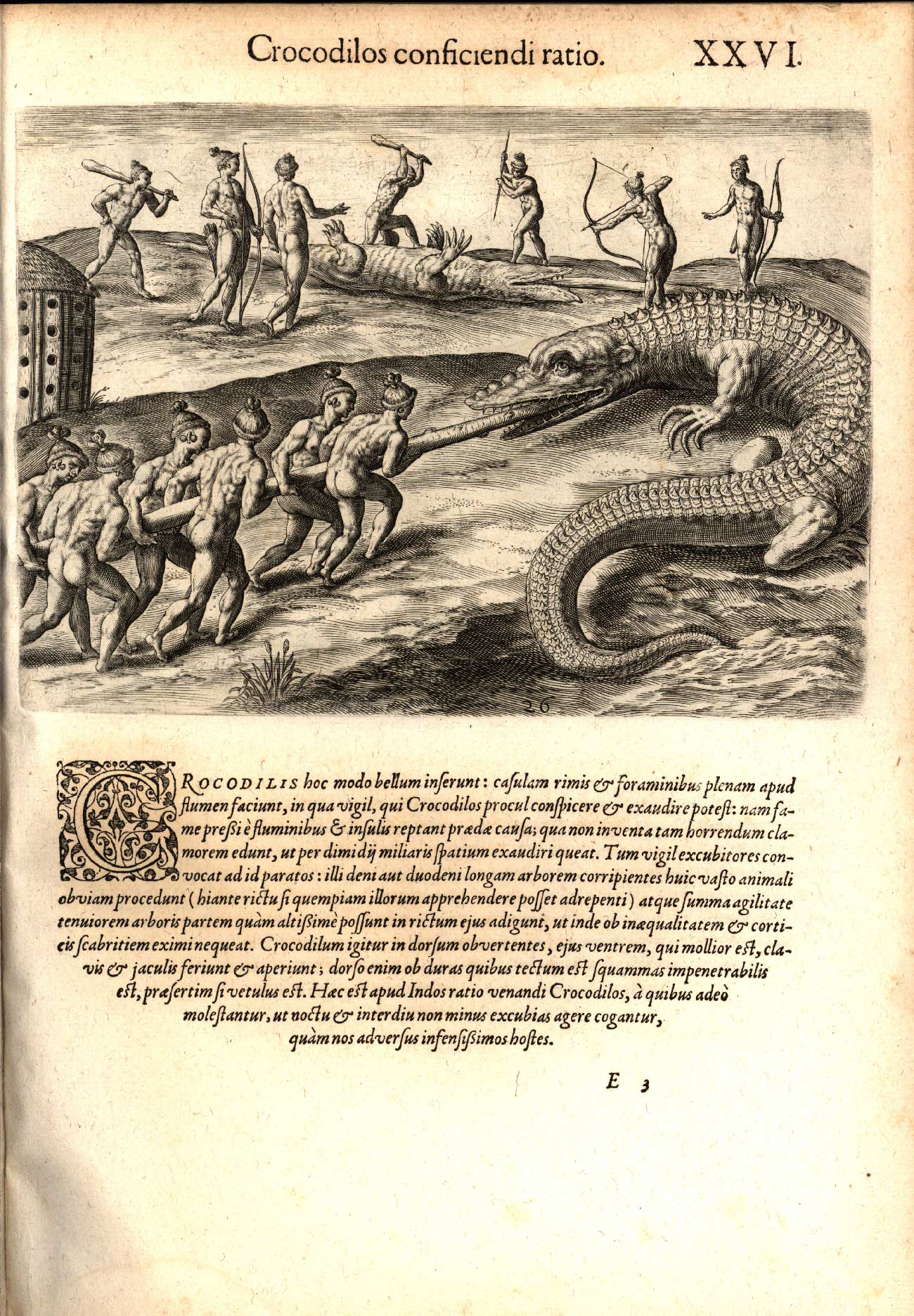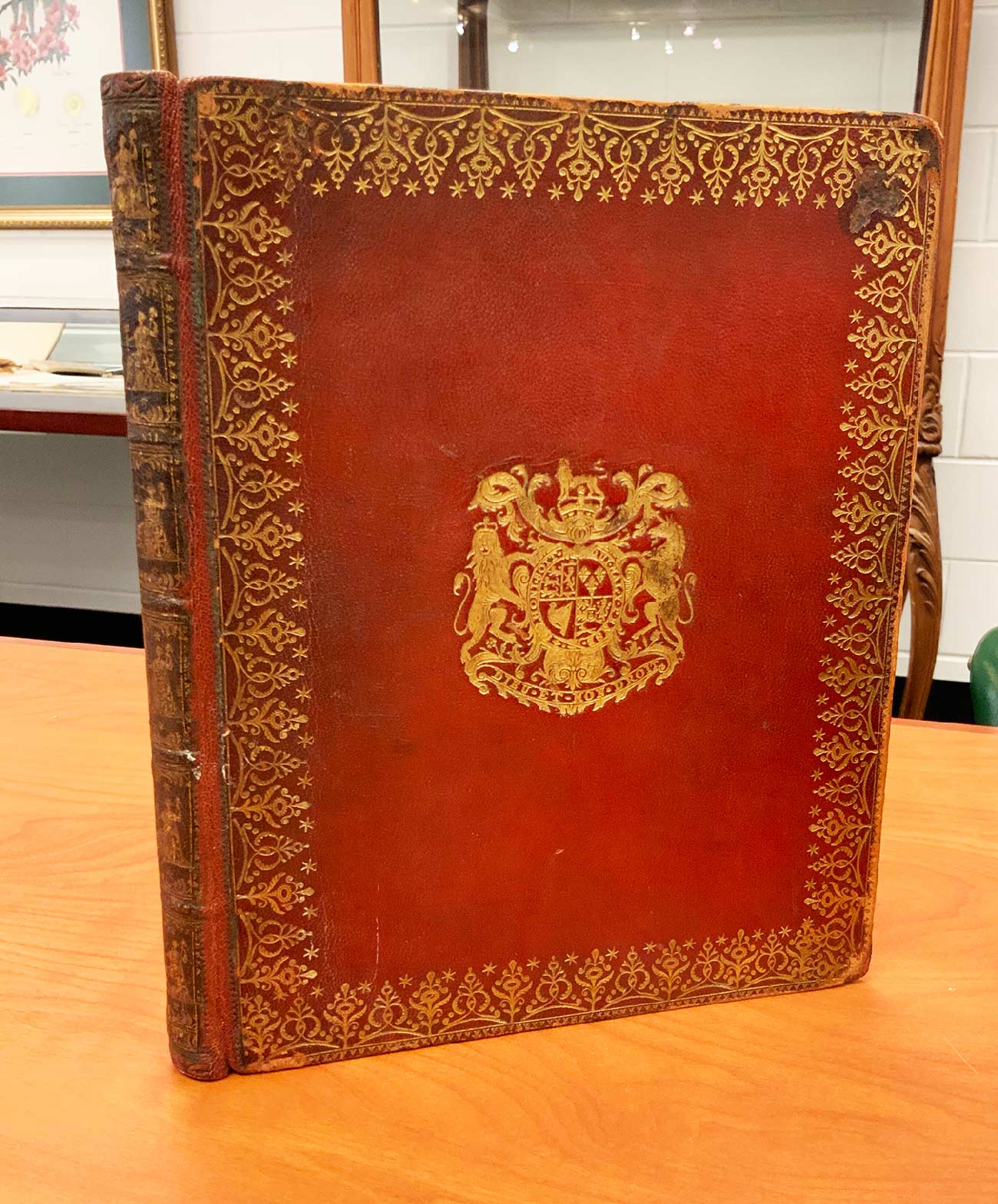More from Special Collections
Our Rare Books and Manuscripts collections spans more than two thousand years with history of the book materials suitable for classroom instruction, with illustrative examples of the history of printing in the Middle East, Europe, and America. The thousands of items in our Rare Books and Vault collections support research in several disciplines. Collection strengths include examples of vellum styles, herbaria, Floridiana, Early Republic Americana, and signed contemporary fiction and poetry.


History of the Book
The history of the book collection at USF illustrates broad concepts in the history of the Western book, beginning with the manuscript era and moving through the invention of the printing press, the mechanization of printing, and the development of the fine press and the artist’s book. The collection includes resources for four main epochs in European and American book history: illuminated manuscripts, incunabula, the hand press era, and the machine press period. Collection highlights include a complete Carthusian missal, an English indenture with original wax seal, an Ethiopian prayer book, and an Islamic manuscript with a contemporaneous binding. Botanicals, natural histories, and travel books are particularly well represented. Also included are annuals and story papers, novels by authors such as Charles Dickens in their original parts, and representative examples of 19th-century literature and history.Herbaria and Natural History
Special Collections’ antiquarian holdings of books and maps with environmental themes begin in the 16th century, encompassing both Florida and world geography. Areas of distinction include botany, scientific treatises, ornithology, entomology, zoology, geology, and travel narratives. Now extinct species, like the Ivory-billed Woodpecker, appear prominently in the pages of 18th century explorations of the American south from Mark Catesby. The earliest European printings of Asian flora are documented in a 17th century study, Flora Sinensis by Michael Boym. The collection spans centuries of printing techniques and features stunning hand-colored specimen and anatomical illustration plates. Historical and sociological perspectives help to contextualize the evolution of scientific thought, as well as the lasting impact of past discoveries.

Floridiana
Special Collections is home to some of the earliest European books published on Florida. Our earliest item, from Jacque Le Moyne’s 1591 study, details scenes from around the territory in a sensational way. The book was published only twenty-six years after the founding of St. Augustine, what some call the oldest city in the United States despite the problematic nature of those claims. Other rare and specialized works from the 16th through 21st century capture the rich history of what we now know as Florida through examinations of immigration, sociology, agriculture, tourism, commerce, and more.Early Republic Americana
Writings from the late 18th and early 19th century discuss the foundations of the American Republic, from the colonial era through the Early Republic. Items include a 1761 richly bound poem from the leadership of Harvard College to show their appreciation and dedication to the new English King, George III. Other works include period publications that inspired the founders to engage in revolution and early challenges against inequality within the newly formed United States. Our catalog holds a wide selection of late Colonial and early American political and social publications, essays, and pamphlets to explore, including publications from James Otis, John Dickinson, Thomas Paine, and Judith Sargent Murray.